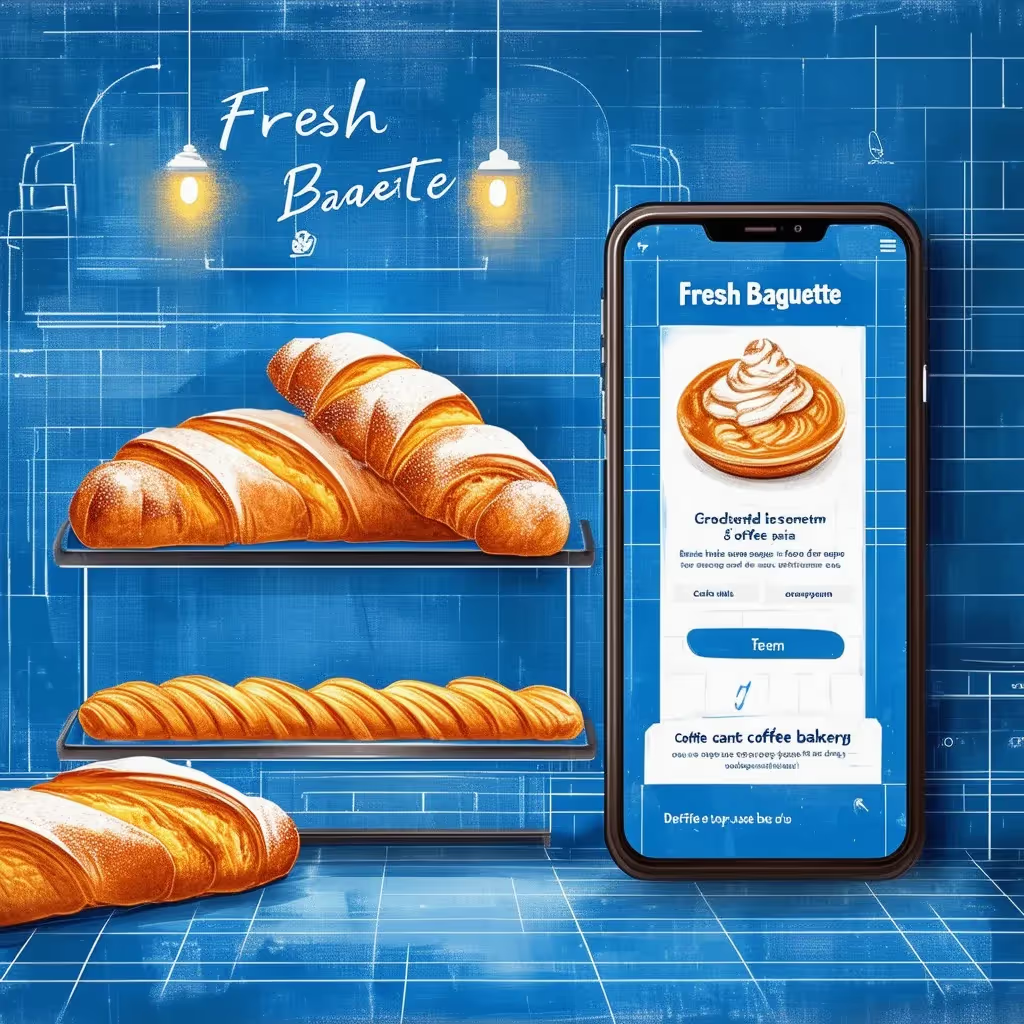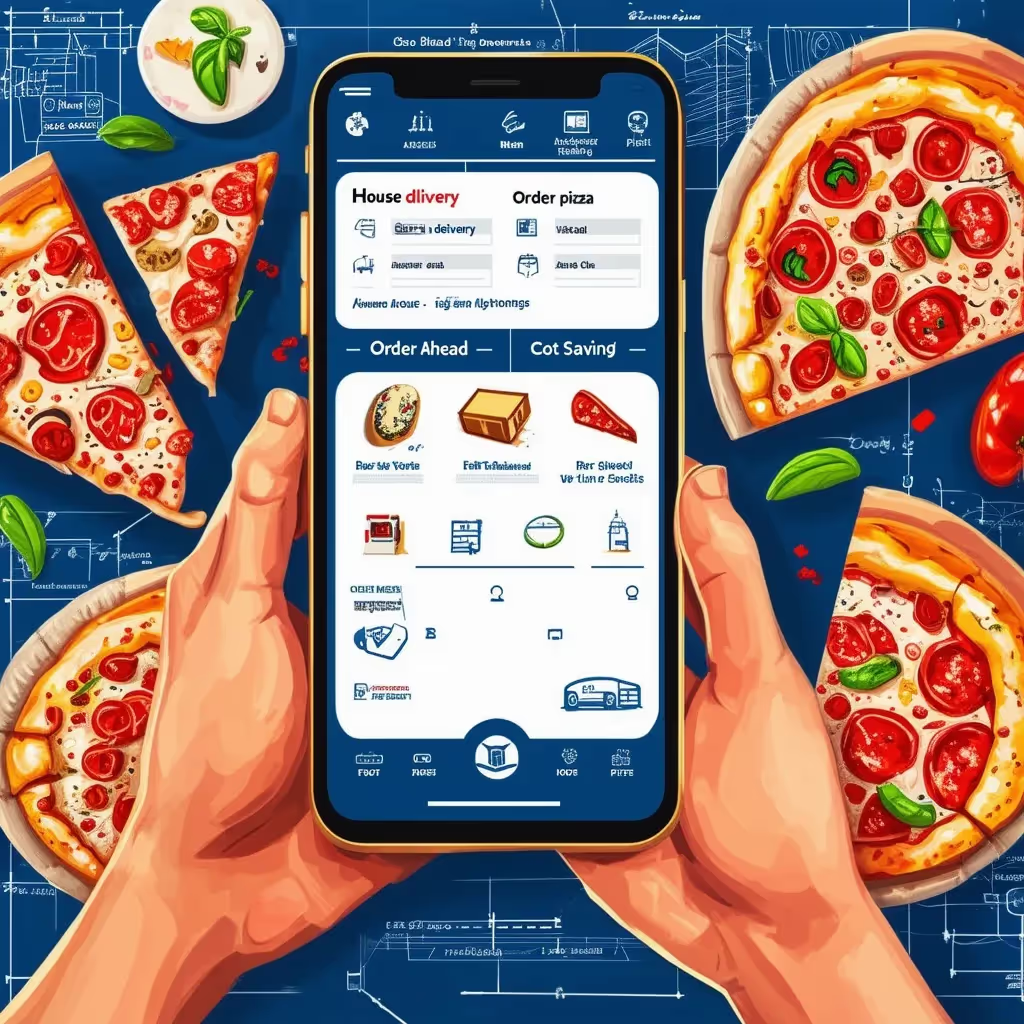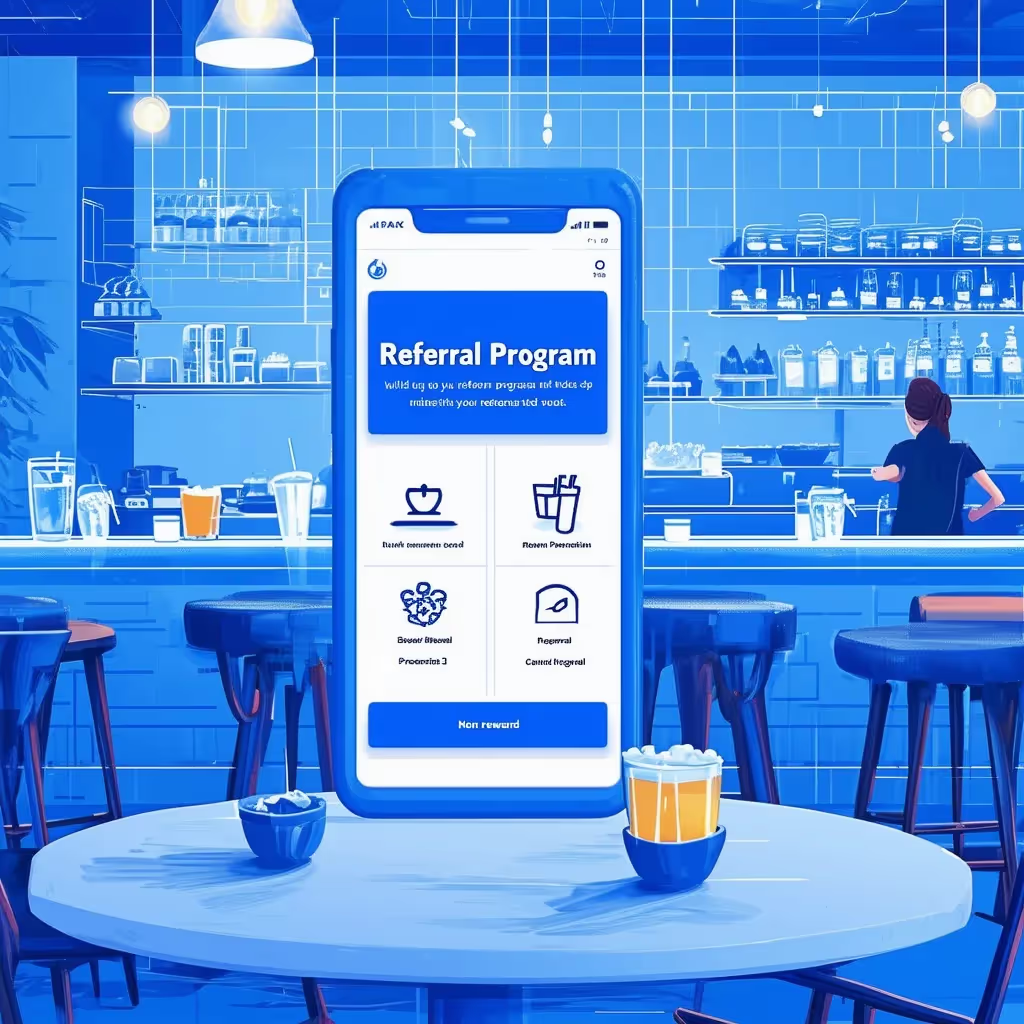TLDR
Fast-food giant Wendy’s recently stirred up controversy with just two words: dynamic pricing. But is Wendy’s approach to dynamic pricing truly effective? Explore the impact of Wendy's dynamic pricing strategy, powered by AI and digital menu boards. Discover how these innovative tactics can boost profits, enhance customer engagement, and drive success for local chains. Discover practical tips for smoothly implementing similar technologies. Learn how to maintain a positive reputation and prevent backlash while embracing innovation or announcing a new pricing strategy for long-term growth in the fast food industry.
Introduction to Wendy's Dynamic Pricing Strategy
In recent months, Wendy's, under the leadership of new CEO Kirk Tanner, has made headlines with its bold strategy shift towards dynamic pricing. Drawing inspiration from industries like airlines and ride-sharing, Wendy's aims to leverage AI and digital menu boards to revolutionize the fast food experience.
Understanding Dynamic Pricing
Dynamic pricing involves adjusting prices based on demand, time of day, or other factors. It allows companies to optimize revenue by charging higher prices during peak periods and offering discounts during slower times to attract customers and maximize profitability.
Wendy's Plan for Innovation
Wendy's is investing $30 million in AI-powered digital menus to enhance the customer experience and increase profits. By leveraging AI technology, Wendy's aims to adjust prices dynamically and employ suggestive selling techniques to boost order sizes. These innovations, set to roll out starting in 2025, signify Wendy's commitment to revolutionizing the fast-food industry.
The Promise of Suggestive Selling
Through AI-driven suggestive selling, Wendy's aims to enhance customer satisfaction and drive sales growth. By analyzing customer data, Wendy's can offer personalized recommendations for complementary items or promotions, leading to increased revenue and customer loyalty. This approach underscores Wendy's dedication to delivering value and innovation to its customers.
How AI and Digital Menu Boards Drive Profits
A recent Forbes article talks about how fast-food chains are using AI. McDonald's has self-order kiosks and voice ordering with AI. KFC and Taco Bell are testing AI-driven drive-thru systems that give customers recommendations. AI is making fast food easier and more personalized for everyone.
The Power of Digital Menu Boards
Digital menu boards can improve sales by up to 38% while also providing greater convenience to customers. Unlike traditional static menus, digital boards can adapt in real time based on factors like time of day, weather, or inventory levels. For instance, during lunch hours, digital boards can prominently display combo meals or limited-time offers to entice customers. By strategically showcasing items with higher profit margins or promoting bundles, digital menu boards can drive impulse purchases and increase average order size.
Driving Increased Revenue and Profitability
By leveraging AI-driven upselling techniques and dynamic digital menu boards, fast-food chains can significantly increase average order size and profitability. For instance, by suggesting additional items at the point of sale through AI recommendations, chains like Wendy's can capitalize on opportunities to upsell, leading to higher revenue per transaction. Additionally, integrating upselling techniques through mobile apps further enhances the effectiveness of digital menu boards, allowing for personalized suggestions and seamless ordering experiences.
Explore our blog for a comprehensive guide on upselling techniques to boost your average order size.
Implementing Wendy's Strategy in Your Local Fast Food Chain
Practical Tips for Adoption
Local chains can plan to emulate Wendy's strategy by first conducting a thorough assessment of their current operations and identifying areas where technology can be integrated. It's essential for companies, regardless of size, to be astute in communicating any pricing changes so that customers not only consider the price adjustments but also understand the company’s perspective. Start small by implementing basic AI solutions, such as automated order systems or customer data analysis tools, before gradually expanding to more advanced technologies like dynamic pricing. Additionally, invest in employee training to ensure smooth integration and maximize the benefits of new technologies.
Recommendations for Implementation
When selecting AI solutions and implementing digital menu boards, local fast-food chains should prioritize solutions that align with their specific needs and budget constraints. Conduct thorough research and consider factors such as ease of use, scalability, and integration capabilities. Collaborate with reputable technology providers and seek expert guidance to ensure a seamless implementation process. Additionally, regularly monitor and evaluate the performance of these technologies to identify areas for improvement and optimization.
By adopting Wendy's strategy of integrating AI and digital menu boards, local fast food chains can modernize their operations, enhance customer engagement, and drive business growth in today's digital age.
Maintaining a Positive Reputation and Avoiding Backlash
Wendy's recent announcement regarding dynamic pricing sparked criticism and concerns about fairness, particularly from lower-income consumers. This backlash underscores the importance of reputation management for fast food chains. Negative publicity can tarnish a brand's image and erode consumer trust, ultimately impacting sales and profitability. Therefore, local chains must anticipate potential backlash and proactively address concerns to safeguard their reputation.
Strategies for Transparency and Trust
Transparency is key to maintaining trust with customers. Local fast-food chains can foster transparency by openly communicating their pricing strategies and the rationale behind them. Providing clear explanations about how dynamic pricing benefits both the company and customers can help mitigate misunderstandings and build trust. Additionally, actively engaging with customers through feedback channels, such as social media or customer surveys, demonstrates a commitment to transparency and responsiveness.
Communicating the Benefits of Dynamic Pricing
Effective communication is essential for local chains to convey the benefits of dynamic pricing while addressing potential concerns. Emphasizing the value proposition and using the right content strategy, such as offering lower prices during off-peak hours or incentivizing loyalty through personalized discounts, can help customers understand the rationale behind pricing fluctuations. Moreover, highlighting the positive impact of dynamic pricing on operational efficiency and overall customer experience can garner support and goodwill from consumers.
By prioritizing transparency, trust-building, and effective communication, local fast-food chains can navigate potential backlash and maintain a positive reputation in the face of dynamic pricing initiatives. Proactively addressing concerns and emphasizing the benefits of these strategies can foster understanding and acceptance among customers, ultimately contributing to long-term success and profitability.
Final Thoughts
In wrapping up, Wendy's dynamic pricing strategy offers local fast-food chains a route to lasting success. By embracing AI and digital menus, chains can revamp pricing and elevate the customer experience. But it's not just about tech – transparency and customer focus are key. So, let's dive into innovation, invest in the right technology, and prioritize transparency. The future looks promising for those who leverage the power of artificial intelligence.




.webp)
.avif)
.webp)

.png)
.webp)
.webp)
.webp)

.webp)








.svg)





.svg)
.svg)




.avif)



.avif)
.avif)
















.avif)








.avif)










